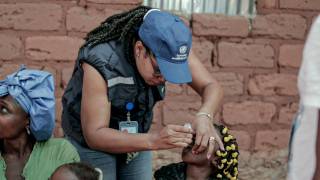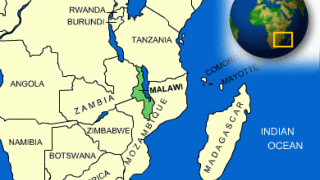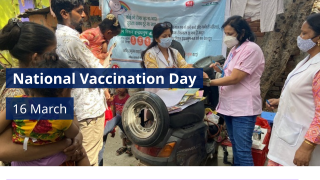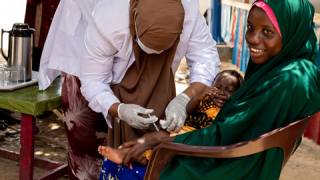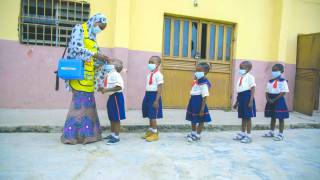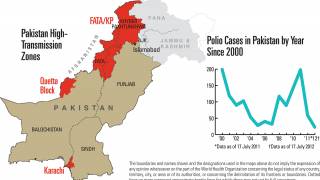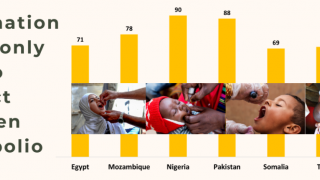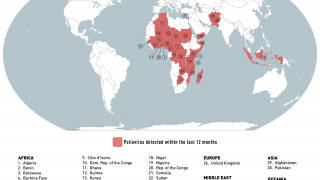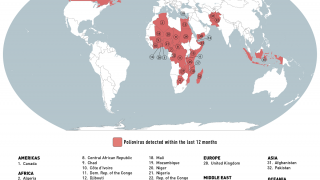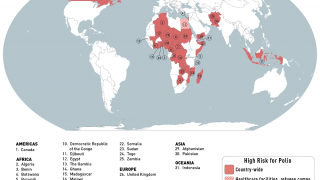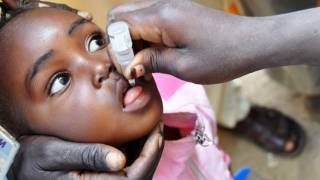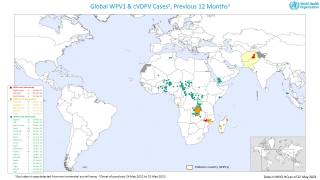672 Polio Cases Recently Reported

A new report describes recent global polio outbreaks using data from the World Health Organization's Polio Information System and the Global Polio Laboratory Network.
On October 17, 2024, the U.S. CDC stated (MMWR 73(41);909–916) that circulating vaccine-derived polioviruses (cVDPVs) can emerge and cause outbreaks of paralytic polio in communities where there is a high percentage of undervaccinated children.
From January 2023–June 2024, 74 cVDPV outbreaks were detected in 39 countries or areas.
These poliovirus outbreaks caused 672 confirmed polio cases.
Among these 74 cVDPV outbreaks, 47 (64%) were new outbreaks detected in 30 of the 39 countries.
Since 2021, novel oral poliovirus vaccine type 2 (nOPV2), a more genetically stable vaccine with reduced risk for reversion to neurovirulence than Sabin-strain OPV2, has been the recommended vaccine for cVDPV2 outbreak response.
Since then, over 1 billion doses have been administered.
During January 2023–June 2024, cVDPV2 outbreaks were linked to nOPV2 use in 19 countries. These findings highlight that cVDPVs can develop with nOPV2 use when the timing and quality of vaccination responses are suboptimal.
This means prolonged community circulation of the vaccine strain leads to reversion to neurovirulence, seeding new emergences.
The CDC says that despite a slight decline in reported cVDPV2 cases compared with those reported during 2022, the number of countries or areas reporting outbreaks remained high. Stopping all cVDPV transmission requires effectively increasing population immunity by overcoming barriers to reaching children.
The CDC says the IPV, offered in the U.S. since 2000, can reduce the amount of poliovirus people shed but can't stop all virus transmission.
The CDC recommends that international travelers speak with a healthcare provider about vaccine booster doses when visiting poliovirus-endemic countries in 2024.
Our Trust Standards: Medical Advisory Committee





